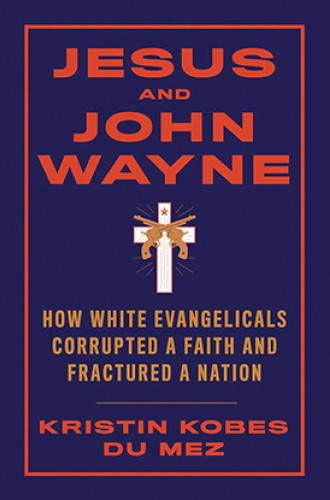Kristin Kobes Du Mez’s history of the manly godly man
How American evangelicalism baptized male aggression
Kristin Kobes Du Mez’s book—an intellectual history of the idea of masculinity as theorized and preached by white American evangelical Christians—begins with an incident you may vaguely remember. There was a moment during a 2016 campaign rally when Donald Trump bragged—to his supporters—that his supporters were so stupidly loyal that he could “stand in the middle of Fifth Avenue and shoot someone” without losing their allegiance.
While many people remember these words, few remember where Trump spoke them: in an auditorium at a Calvinist school in Iowa. The setting was jarringly familiar to Du Mez as she watched the speech:
Every year as a child I’d attended Easter sunrise services in that auditorium, and as a college student I faithfully attended chapel services in that same space. Standing on the stage where Trump now stood, I had led prayers, performed in Christian “praise teams,” and, during choir rehearsal, flirted with the man who would become my husband. We married in a church just down the road. . . . But as I watched those in the overflow crowd waving signs, laughing at insults, and shouting back in affirmation, I wondered who these people were. I didn’t recognize them.





